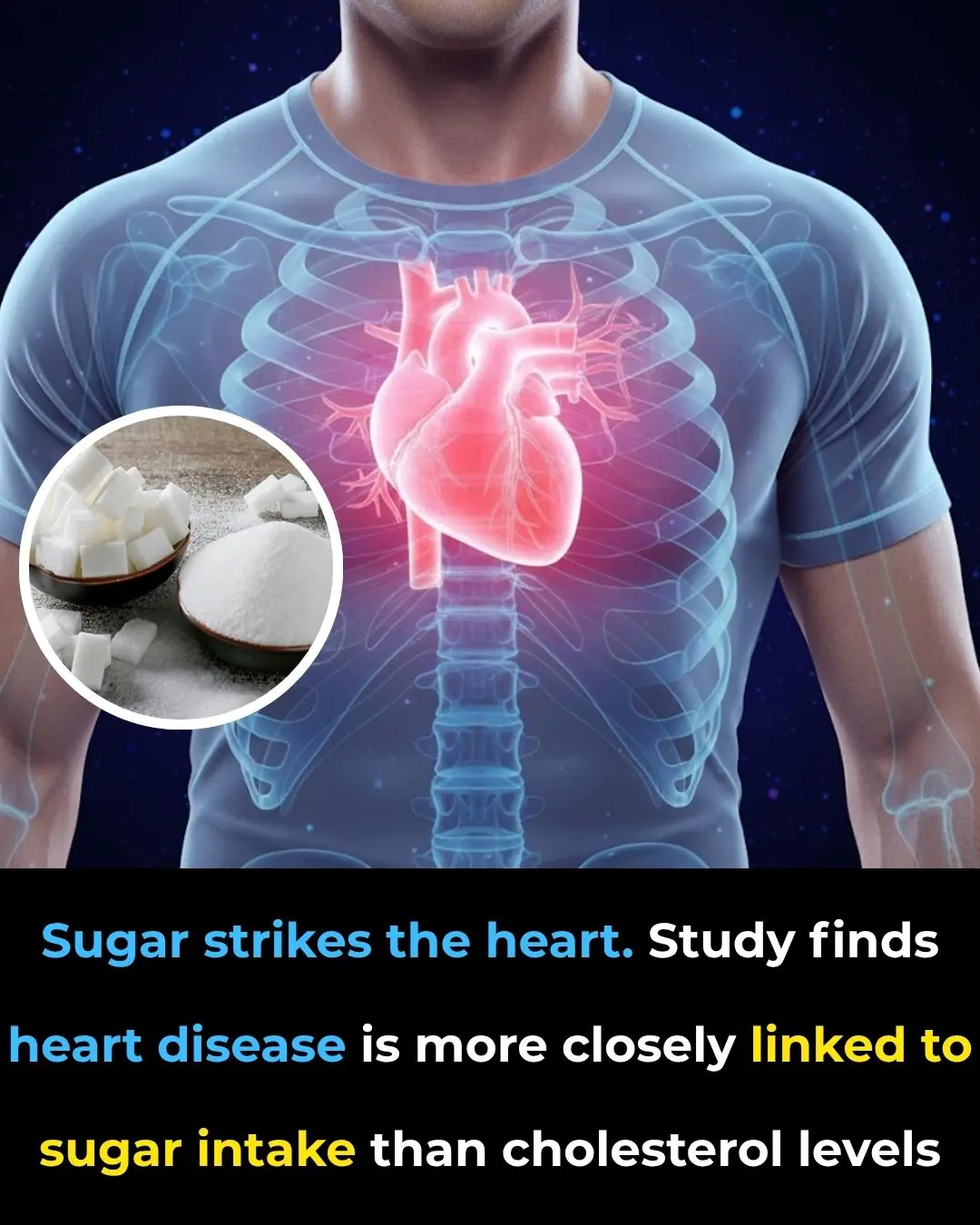
When washing clothes, don’t just put in detergent! Do this little trick, dirty clothes will be like new!
I’ll show what to add, why it works (simple chemistry + mechanics), how to use it, and safety/compatibility notes so you get clothes that look and smell like new without damaging them.
Add a small scoop of baking soda (sodium bicarbonate) to the wash, and use white vinegar in the rinse.
These two inexpensive pantry staples improve cleaning, brighten colors, remove odors, and soften fabric — often better than detergent alone.
Why this works (simple explanation)
-
Baking soda gently raises the pH of the wash water, which helps detergent work more effectively at lifting dirt and grease from fibers. It also acts as a mild abrasive to loosen ground-in grime and neutralizes odors.
-
White vinegar (acetic acid) in the rinse lowers pH back toward neutral, dissolves detergent residues, brightens colors, and acts as a natural fabric softener. It also helps remove mineral buildup from hard water that can make fabrics look dull.
-
Together they balance cleaning chemistry: detergent + baking soda = stronger cleaning; vinegar rinse = no sticky residue, brighter fabric, and softer feel.

Step-by-step: how to get “like-new” results
Basic load (regular fabrics)
-
Pre-sort whites, colors, and delicates. Treat stains first (see below).
-
Load the washer with clothes.
-
Add detergent as usual (liquid or powder), but don’t overdo it — too much soap leaves residue.
-
Add baking soda: ½ cup for a normal load; 1 cup for a very dirty or smelly load. Sprinkle it into the drum or into the detergent compartment.
-
Wash using the appropriate cycle and water temperature (see tips below).
-
Add white vinegar to the rinse: ½ to 1 cup in the fabric softener compartment or at the start of the rinse cycle.
-
Dry as recommended for the fabric (line-dry for bright whites and delicates; tumble dry for heavy items).
Tough or smelly loads
-
Use 1 cup baking soda + 1 cup white vinegar (vinegar goes in rinse only). For heavy odors (gym clothes), add ½ cup baking soda to the wash and 1 cup vinegar to the rinse.
Whites that need brightening
-
Use oxygen bleach (sodium percarbonate, e.g., “OxiClean”) in addition to baking soda: follow the product scoop (usually ¼–½ cup per load) and soak for 1–3 hours before washing. Oxygen bleach brightens without the harshness of chlorine.
Pre-treating stains (important!)
-
Protein stains (blood, sweat, milk): rinse with cold water immediately. Pre-soak in cool water with a dash of enzyme laundry detergent or enzyme stain remover for 30–60 minutes.
-
Grease/oil: apply a small drop of dish soap to the spot, gently rub, wait 10 minutes, then wash with hot water if fabric allows.
-
Ground-in dirt: make a paste of baking soda + water, rub on the spot, let sit 15–30 minutes, then brush off and launder.
-
Wine/berry: blot, then apply white vinegar or an enzyme stain remover before washing.
Temperature & detergent tips
-
Hot water (when fabric allows) helps remove oils and heavy soils. Use for whites, towels, and bedding.
-
Warm water is a good compromise for colors and most everyday loads.
-
Cold water preserves colors and is fine with modern detergents for light soils.
-
High-efficiency washers: use HE detergent and about ½ the regular detergent amount; still add baking soda (½ cup) if needed.
Extra additions (optional)
-
Washing soda (sodium carbonate): stronger than baking soda for very hard water or heavy soil — use sparingly (¼ cup per load).
-
Oxygen bleach: for whitening and brightening (safe on most colors when used as directed).
-
Commercial enzyme presoak: for stubborn protein stains.
-
Fabric softener caution: liquid softener can leave buildup; vinegar is a better natural softener.
What not to do (safety)
-
Never mix vinegar with chlorine bleach.
That produces toxic chlorine gas. -
Don’t pour vinegar into the main wash with bleach or oxygen bleach — reserve vinegar for the rinse.
-
Avoid baking soda on delicate silk or wool
without checking the garment care label — use mild detergent and gentle cycles for delicates. -
Test colorfastness: for bright or vintage fabrics, test any pre-treatment on an inside seam.
Quick cheat sheet (per regular load)
-
Detergent: normal amount (HE: reduced)
-
Baking soda: ½ cup (normal load)
-
White vinegar: ½–1 cup in rinse
-
Oxygen bleach: follow product directions for whites (optional)
-
Pre-treat stains as above
Why you’ll notice a difference
-
Clothes will smell fresher (baking soda neutralizes odors; vinegar removes residue that traps smells).
-
Fabrics will feel softer (vinegar acts like a natural softener).
-
Colors will look brighter (less soap/mineral residue) and whites will be less dingy (oxygen bleach + baking soda).
-
Garments will be cleaner because detergent can do more of its job when the water chemistry is balanced.
News in the same category

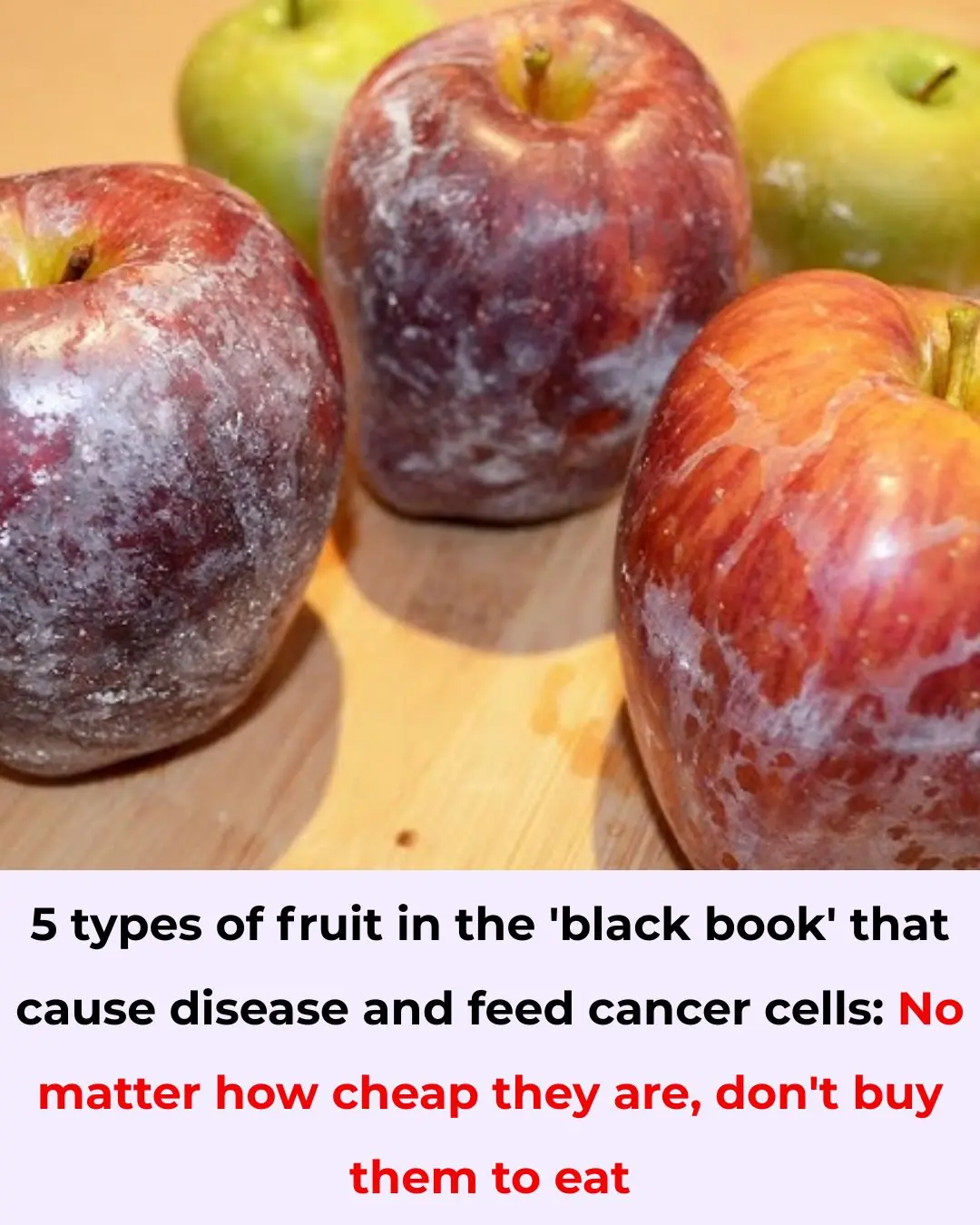
5 Fruits on the ‘Blacklist’ That Can Cause Cancer – Avoid Buying Even If Cheap
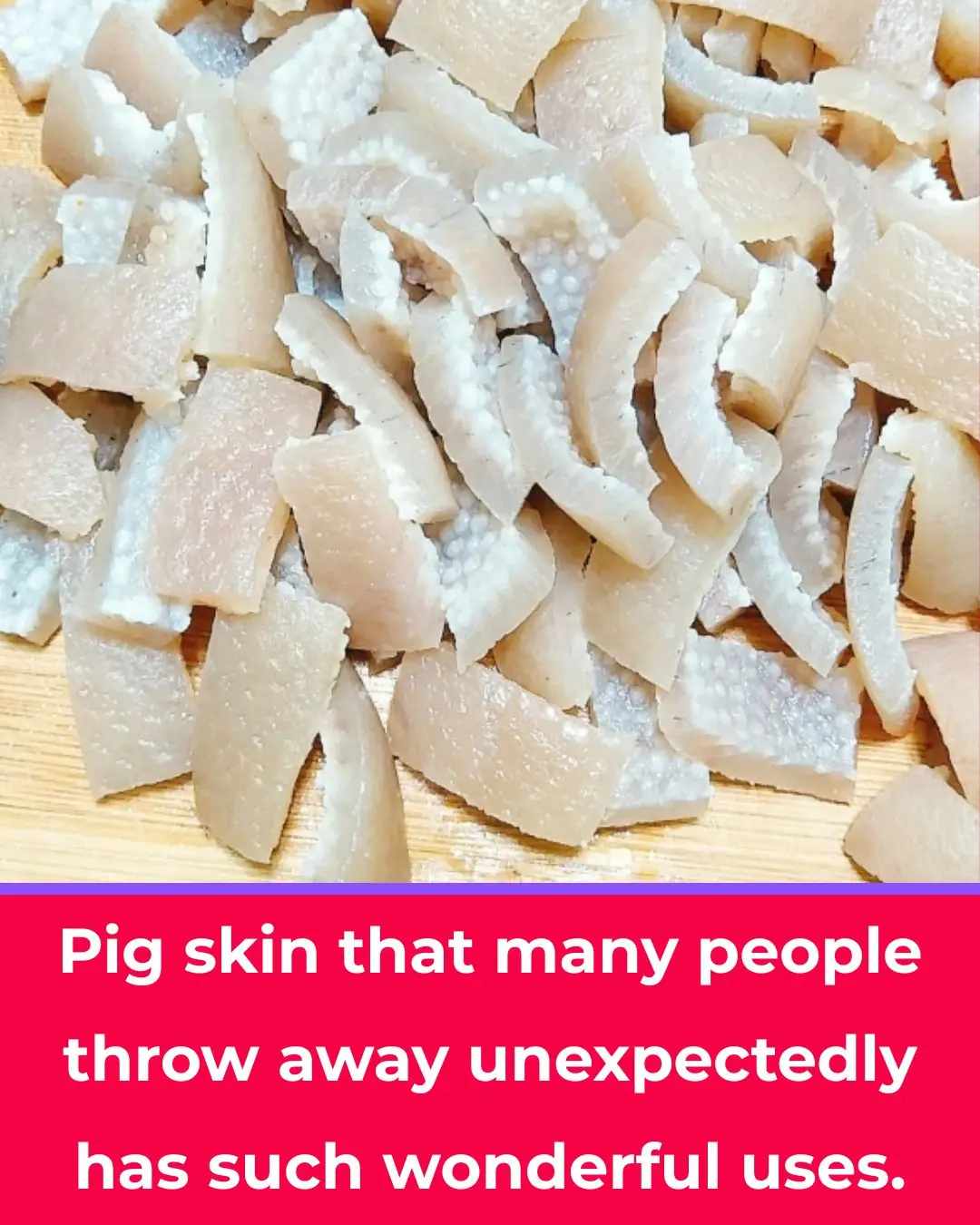
Pork Skin – The Often Overlooked Superfood
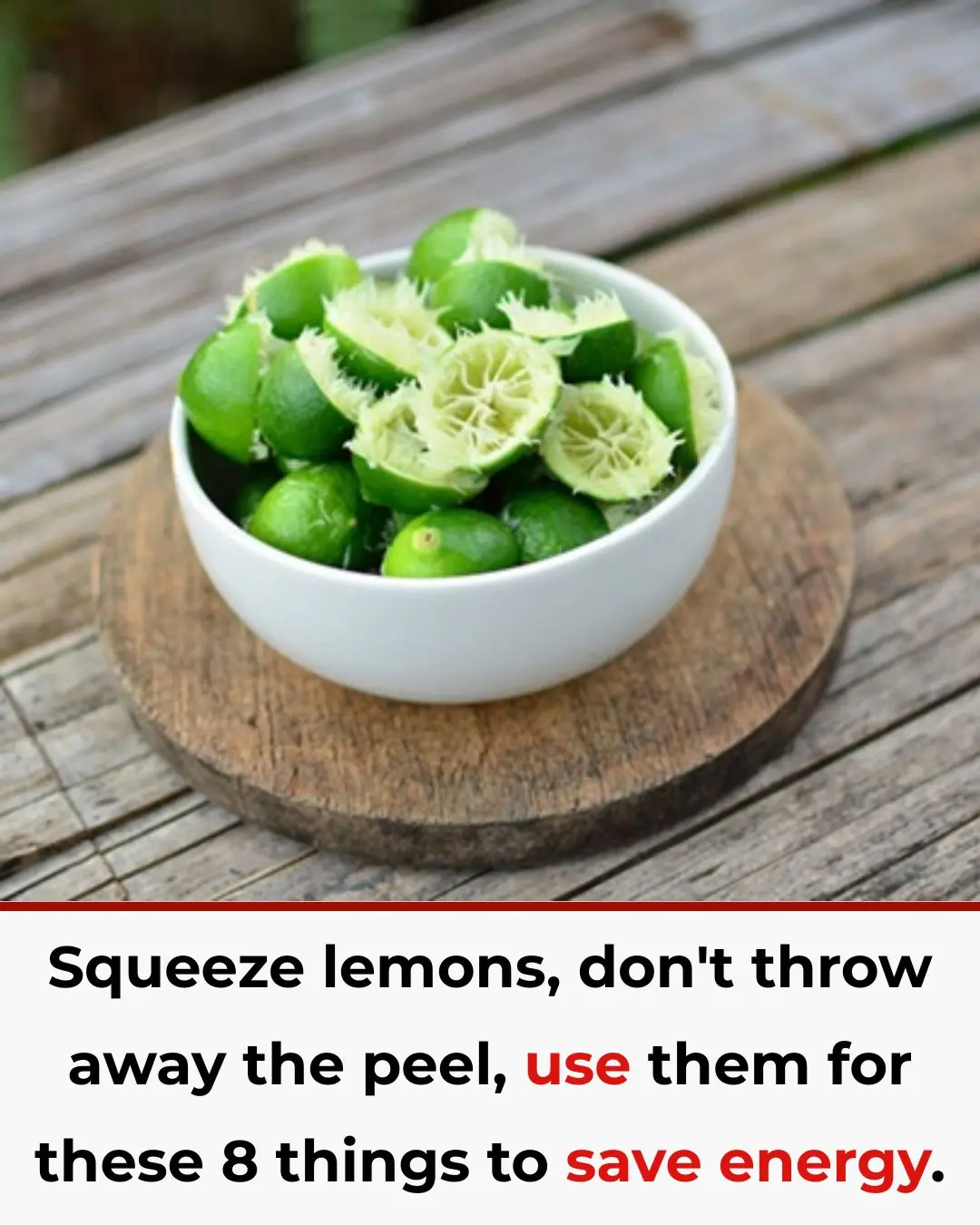
Don’t Throw Away Lemon Peels! Use Them for These 8 Household Tasks and Save a Ton of Money
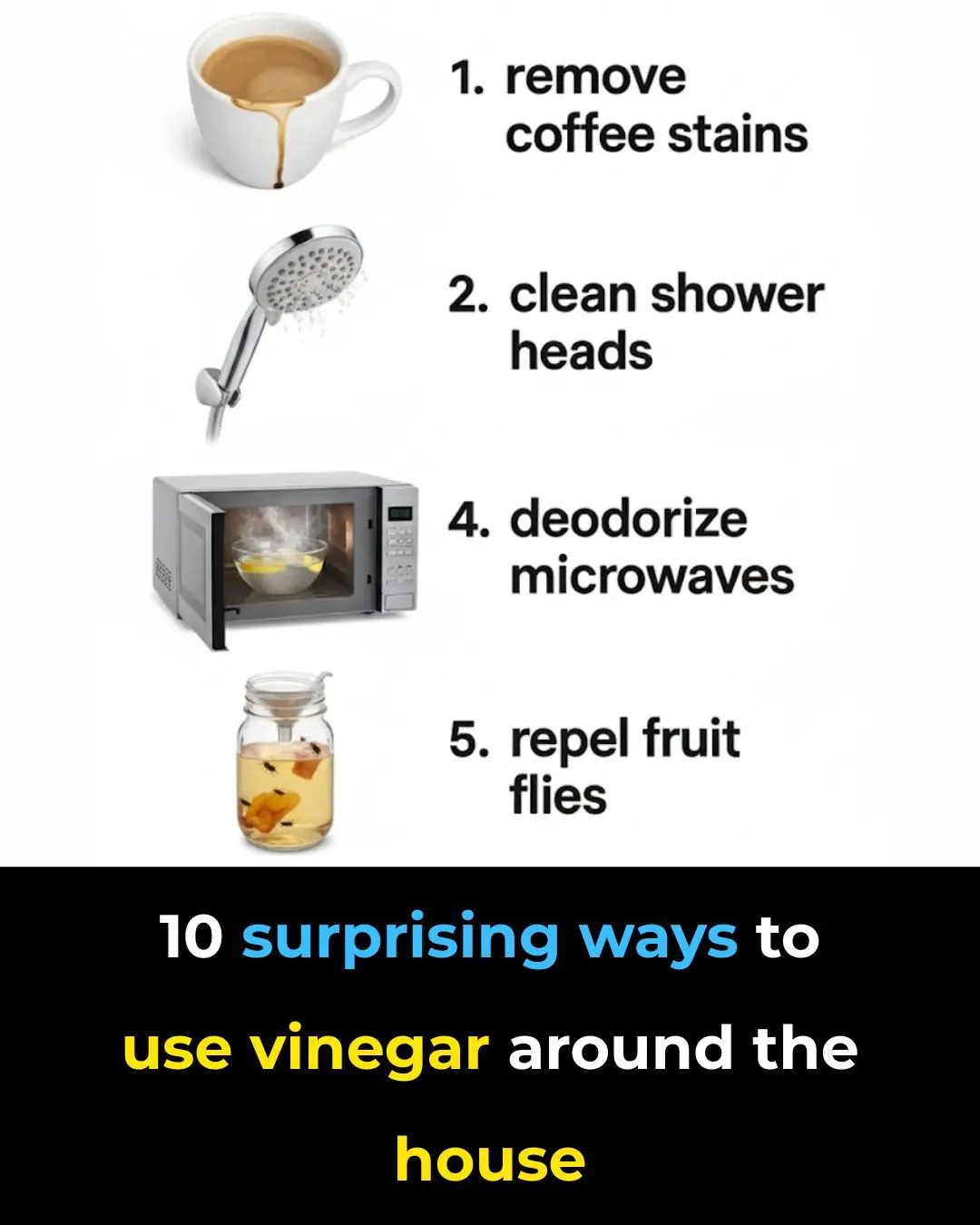
10 surprising ways to use vinegar around the house
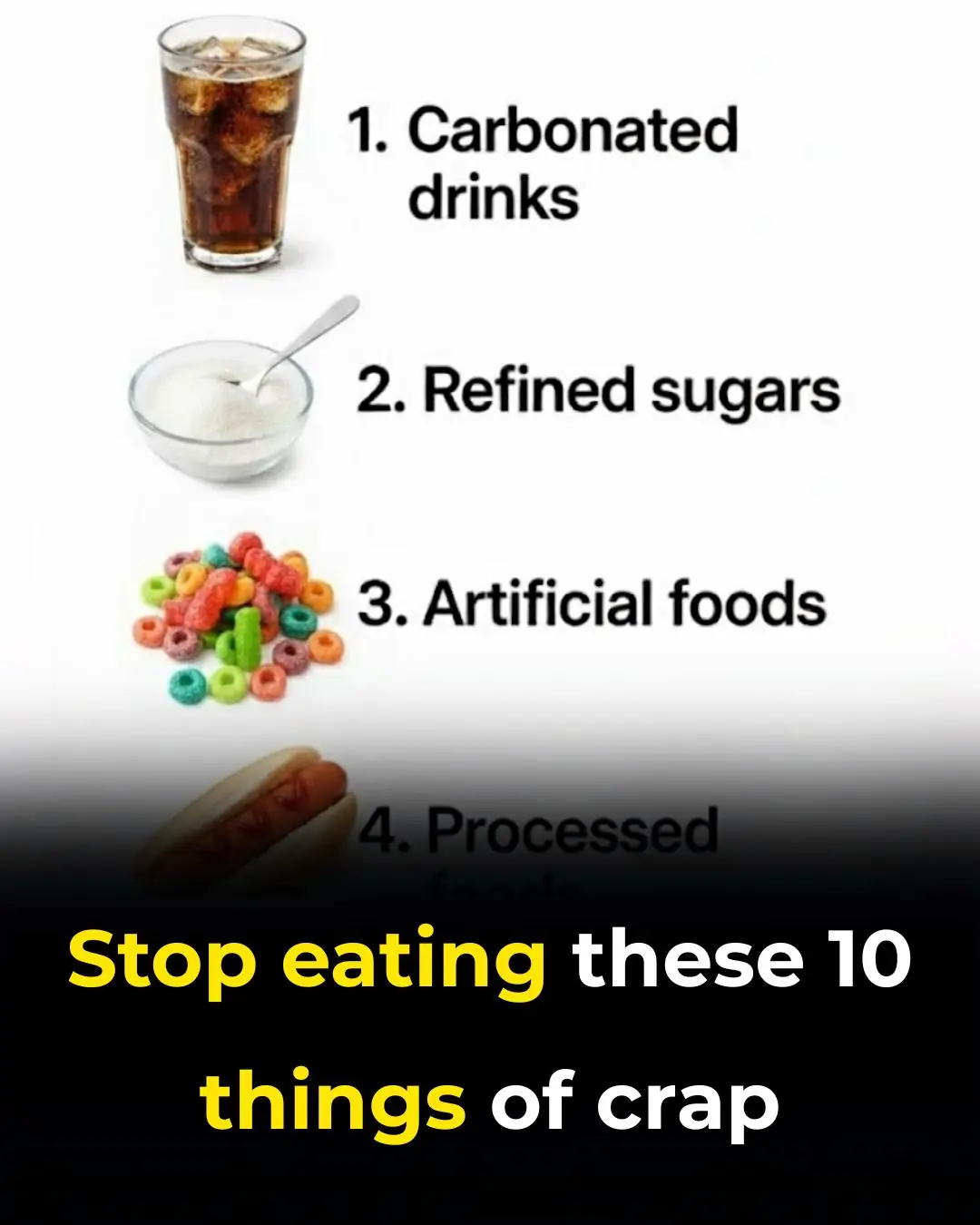
Stop eating these 10 things of CRAP

Mix Banana Peels With This and Leave It in a Corner — Roaches Will Disappear Overnight

Weak Toilet Flush and No Suction? A Simple Trick From a Professional That Fixes It Instantly

Genius Ways to Store Ginger Without a Refrigerator — Keep It Fresh for an Entire Year

Everyday Habits That Could Be Quietly Ruining Your Home
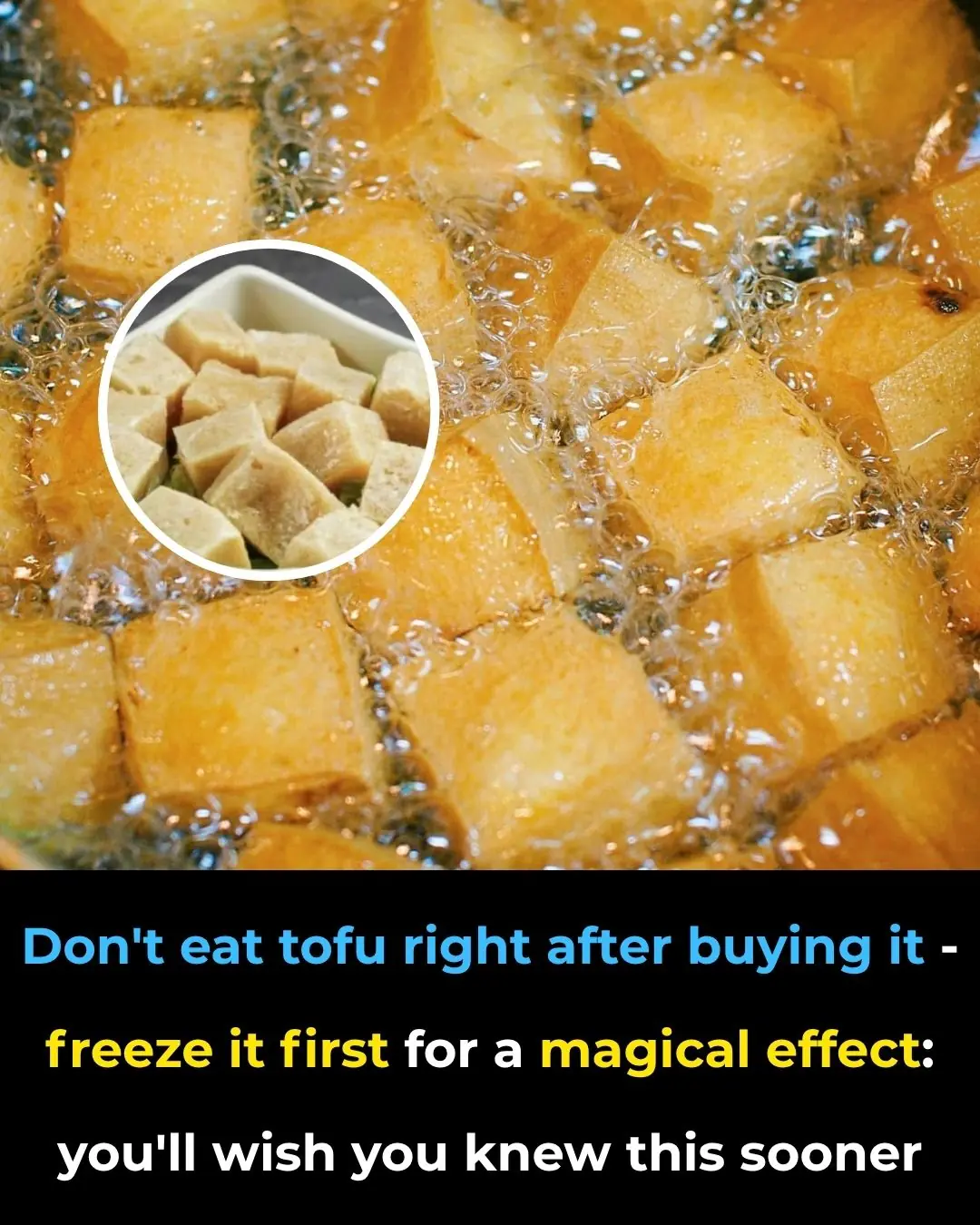
The Secret Trick That Makes Tofu Taste Better
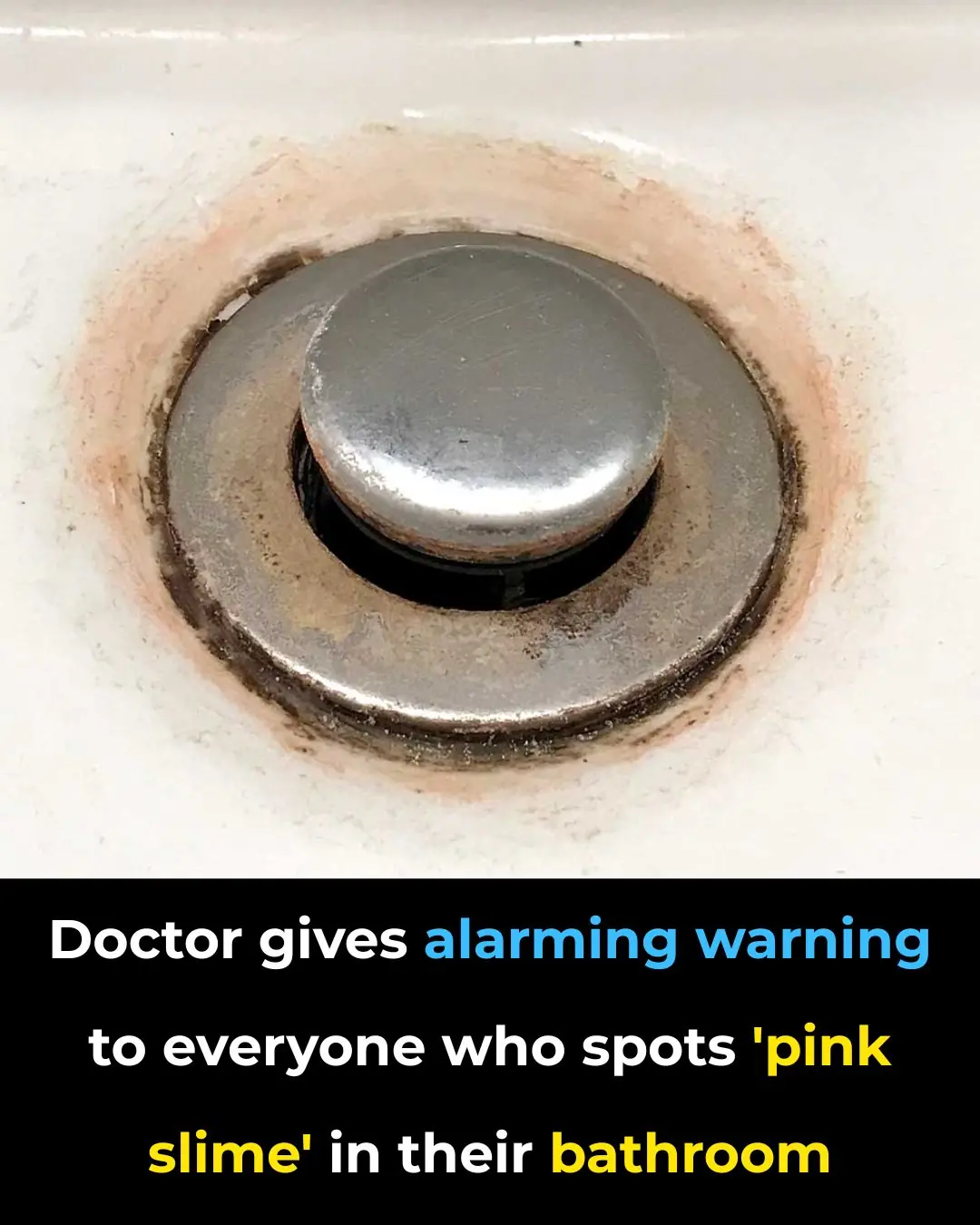
Thought this was mold but I guess not. Am gonna check my bathroom again
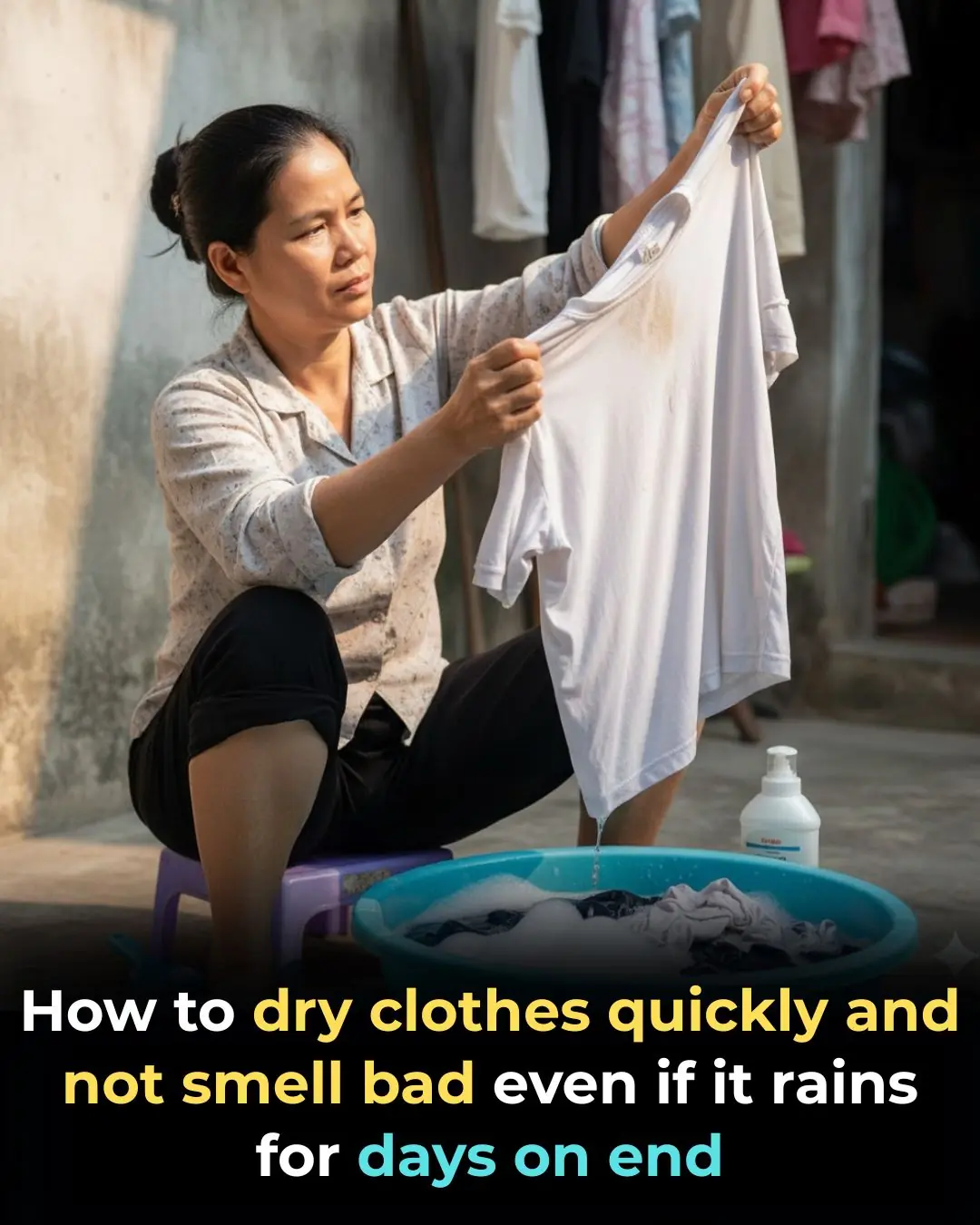
How to dry clothes quickly and not smell bad even if it rains for days on end

The 'lightning-fast' secret to making sweet, flavorful Japanese-style sweet potatoes in just 5 minutes
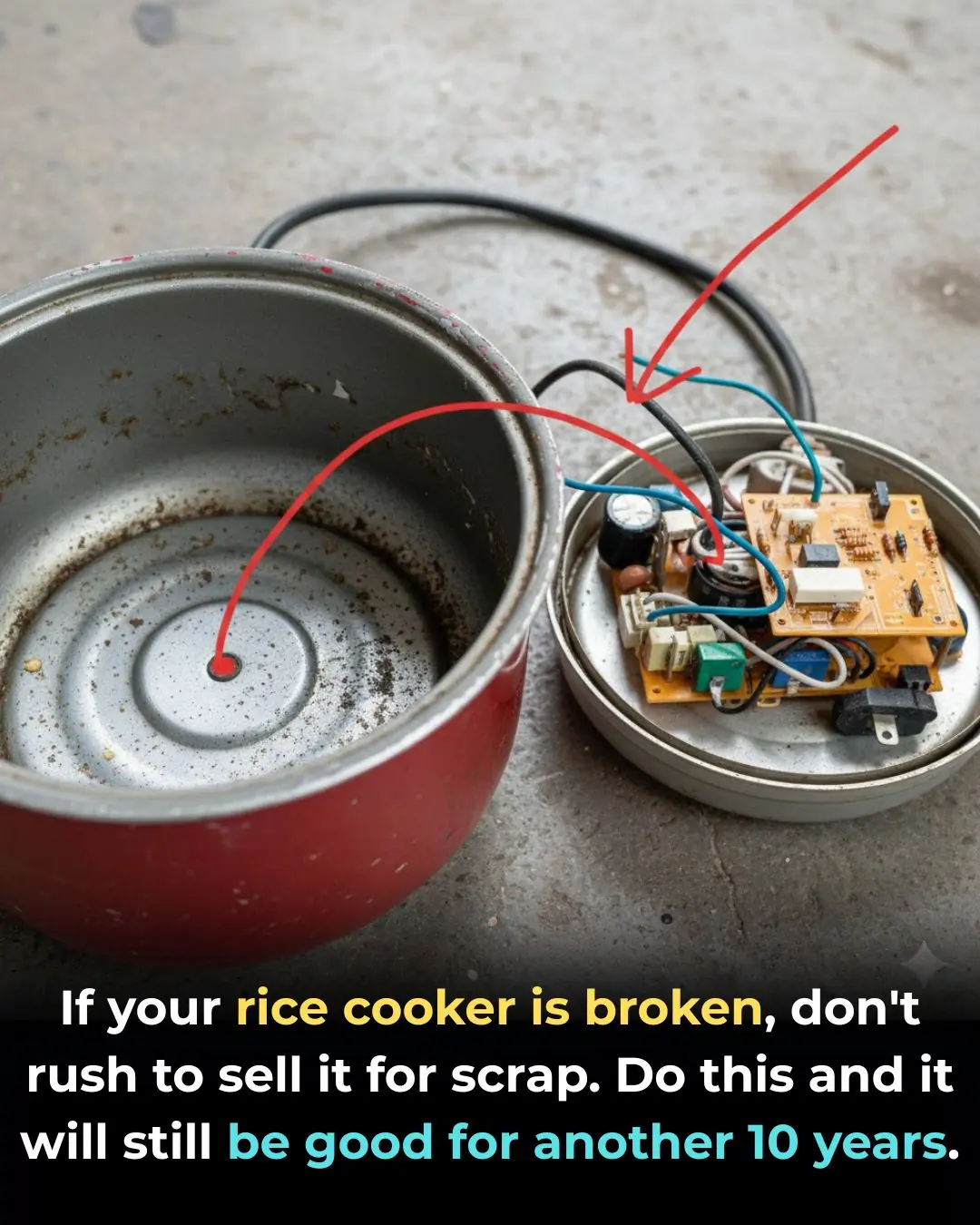
If your rice cooker is broken, don't rush to sell it for scrap. Do this and it will still be good for another 10 years.
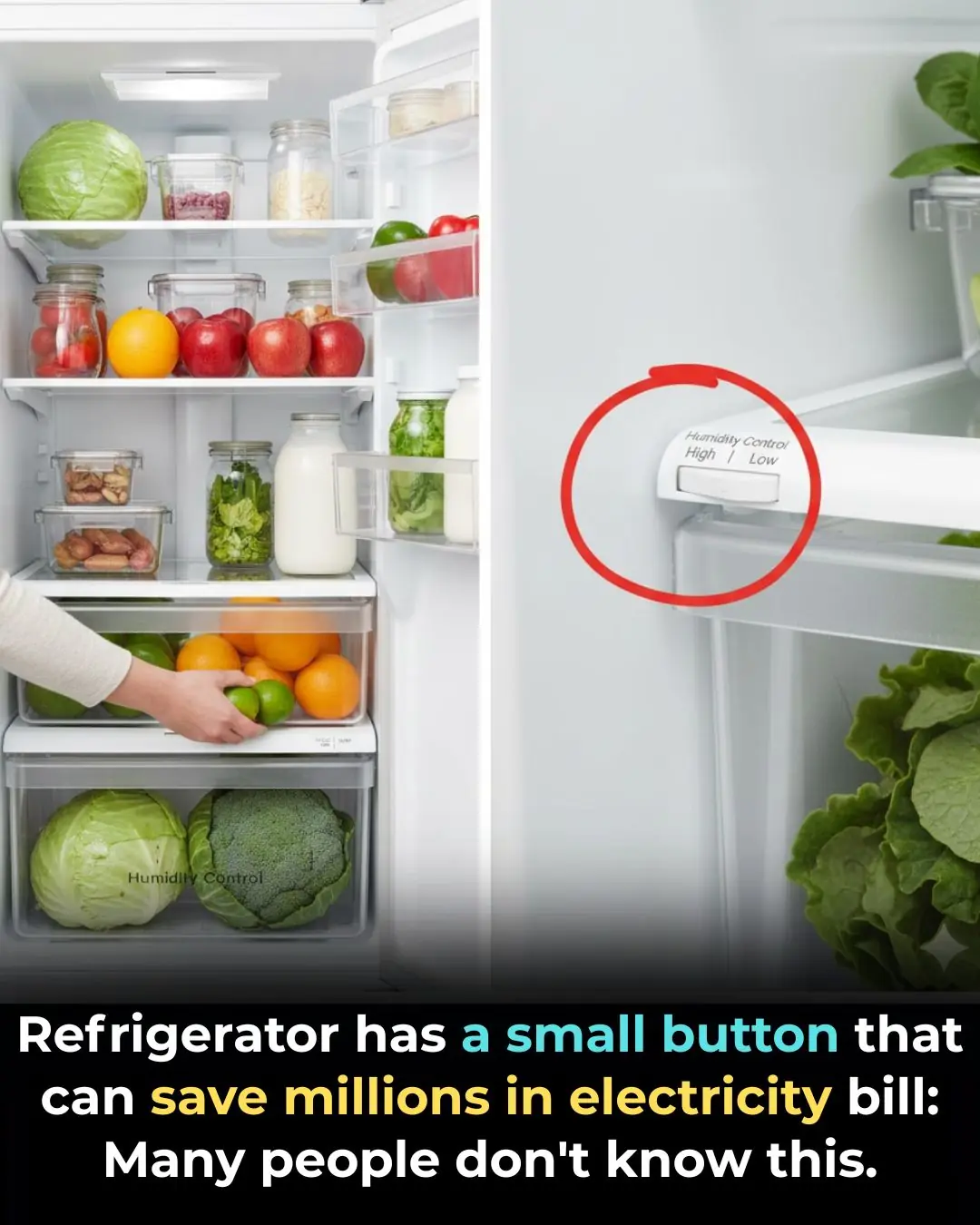
Refrigerator has a small button that can save millions in electricity bill: Many people don't know this.
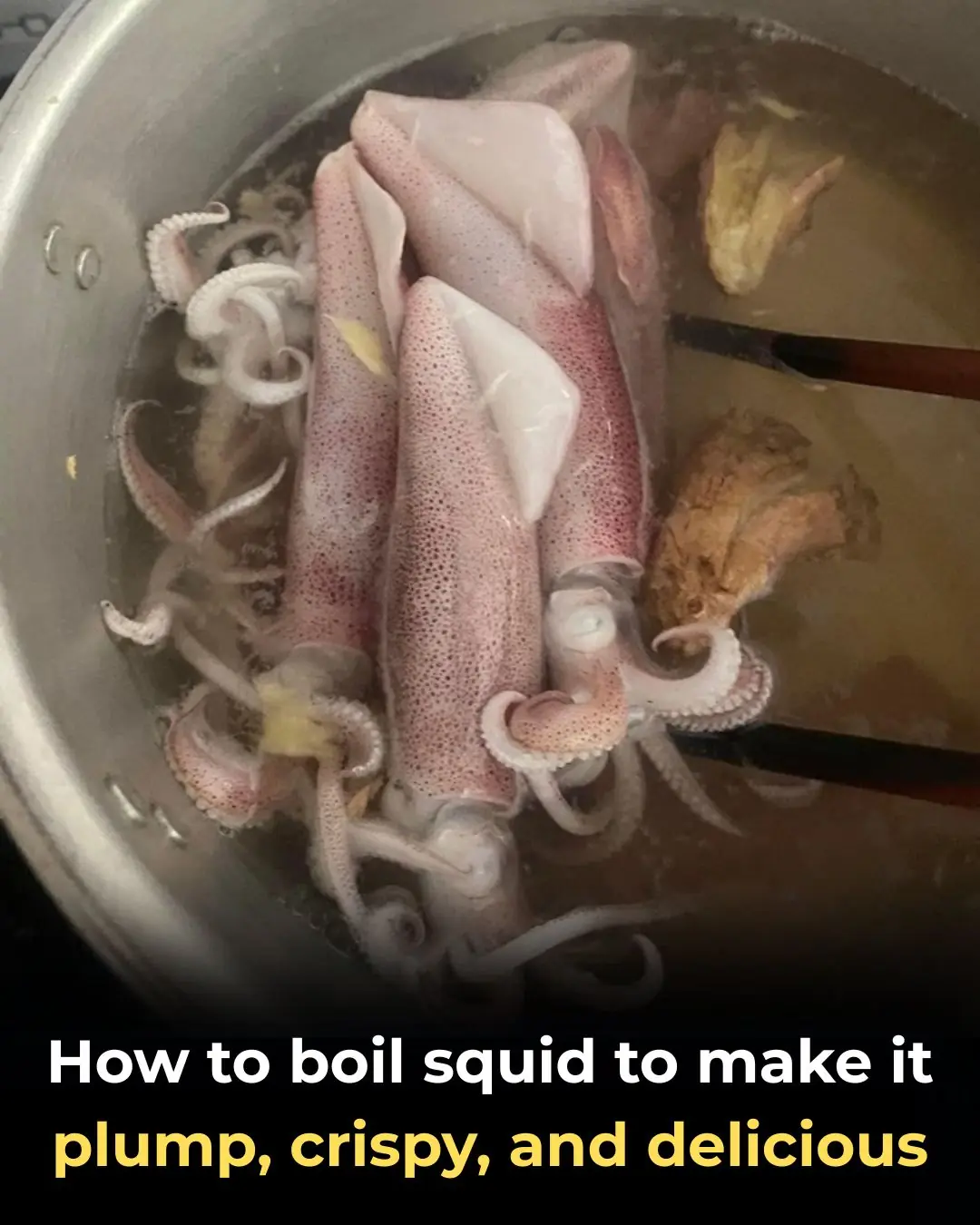
How to boil squid to make it plump, crispy, and delicious
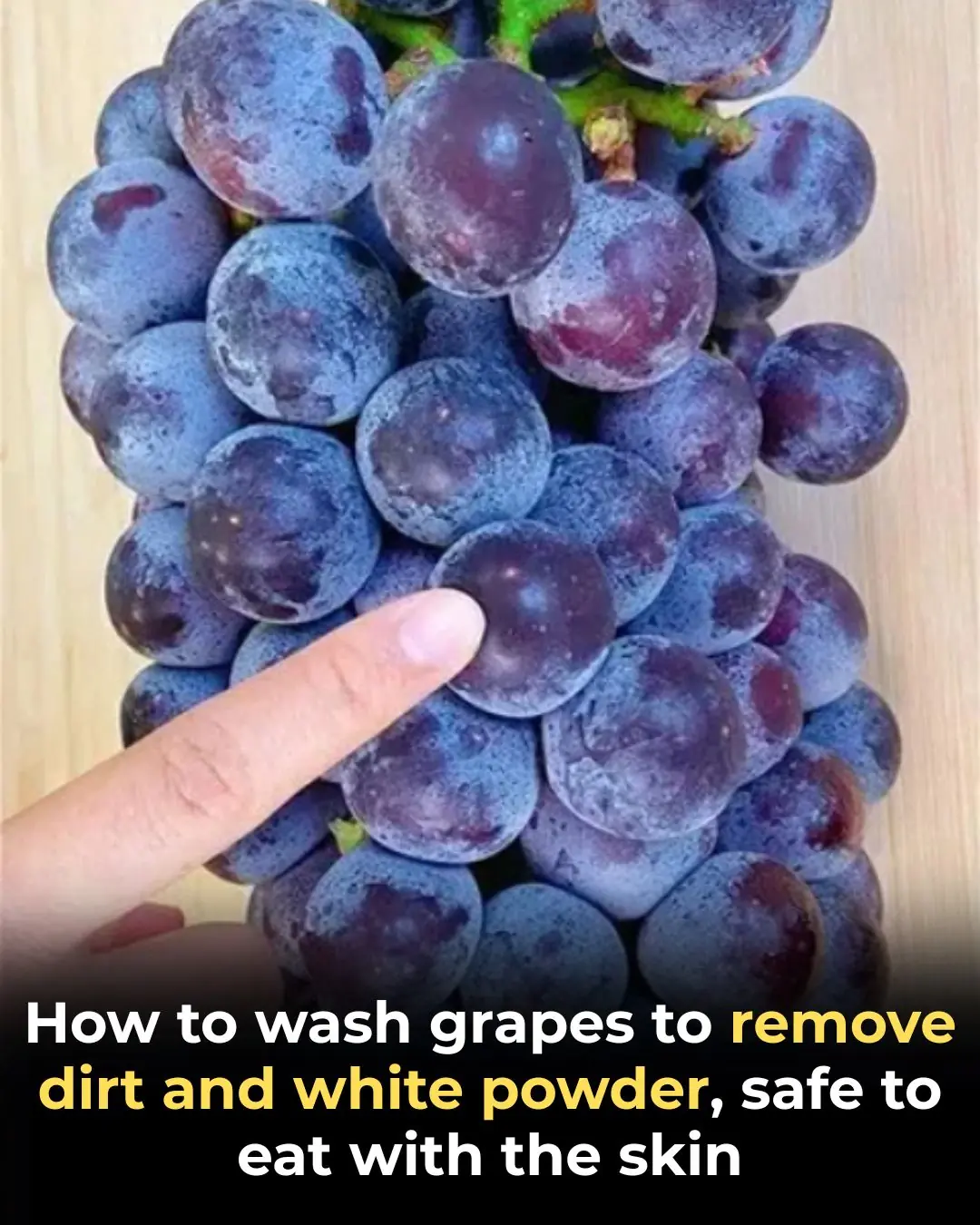
How to wash grapes to remove dirt and white powder, safe to eat with the skin
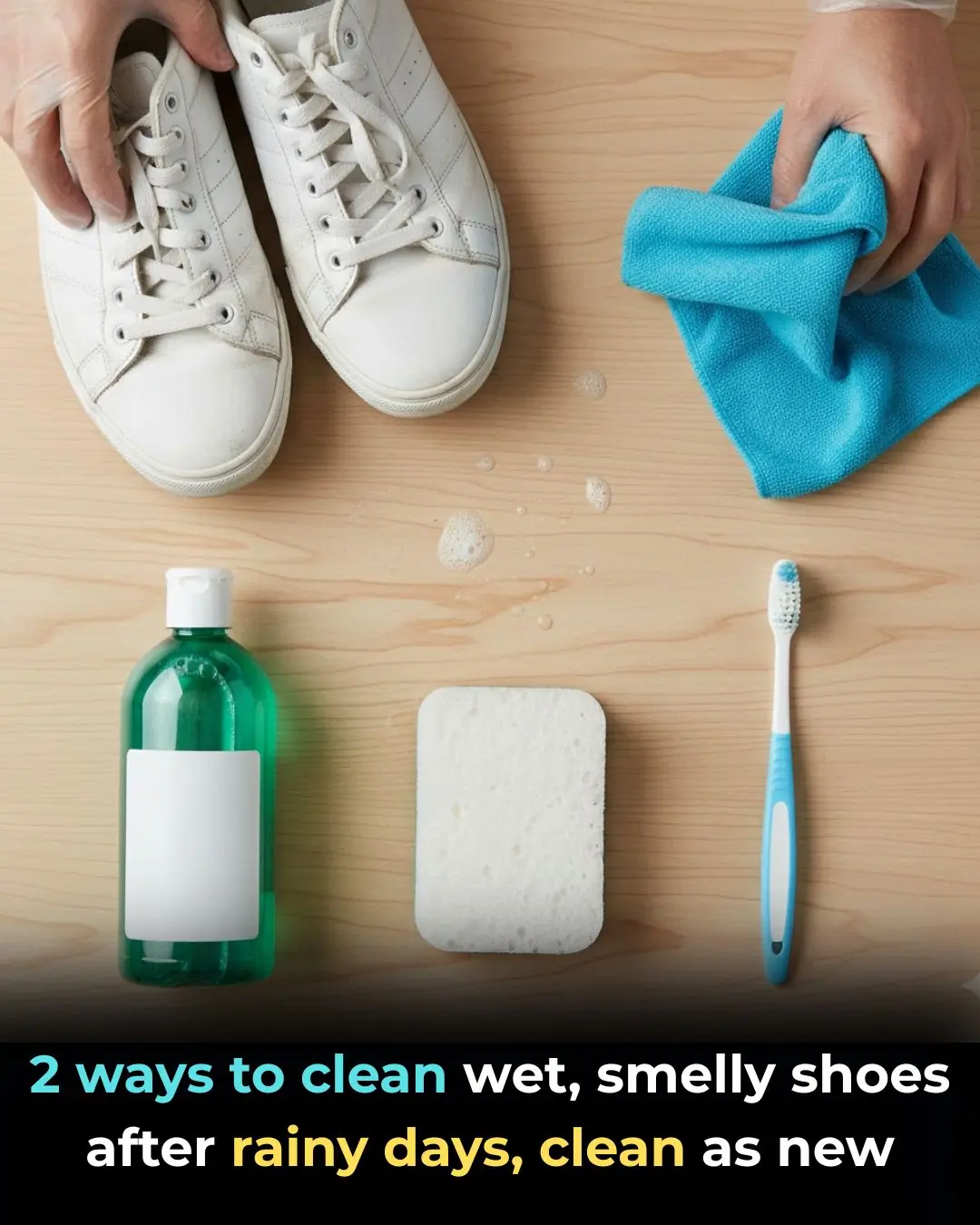
2 ways to clean wet, smelly shoes after rainy days, clean as new
News Post

France Reimagines Shelter Boundaries With Community Corn Walls

5 Simple Ways to Remove Rust from Knives – Make Your Dull, Rusty Knife Shiny and Sharp Again

5 Fruits on the ‘Blacklist’ That Can Cause Cancer – Avoid Buying Even If Cheap

“New Research Reveals How Aging Impacts Male Fertility and Sperm Health”

Pork Skin – The Often Overlooked Superfood

Don’t Throw Away Lemon Peels! Use Them for These 8 Household Tasks and Save a Ton of Money

10 surprising ways to use vinegar around the house

Stop eating these 10 things of CRAP

Mix Banana Peels With This and Leave It in a Corner — Roaches Will Disappear Overnight

Discover how eggs support your baby’s brain development — full details in the comments!”

Weak Toilet Flush and No Suction? A Simple Trick From a Professional That Fixes It Instantly
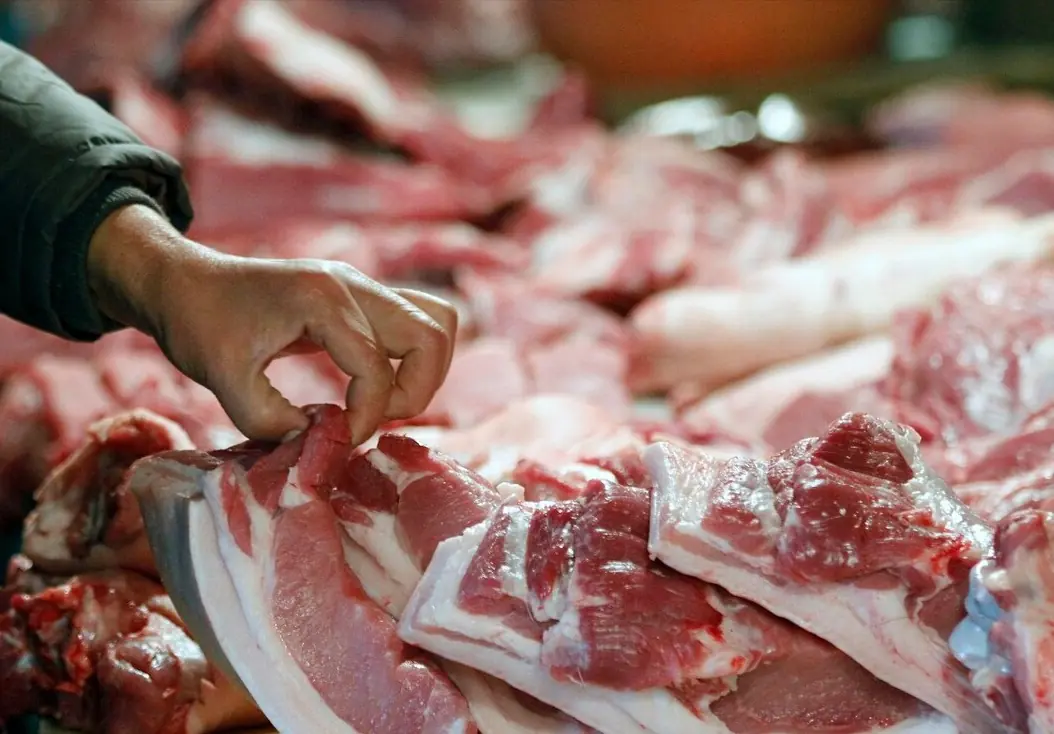
Five “Dirtiest” Parts of the Pig That Butchers Never Take Home for Their Own Families
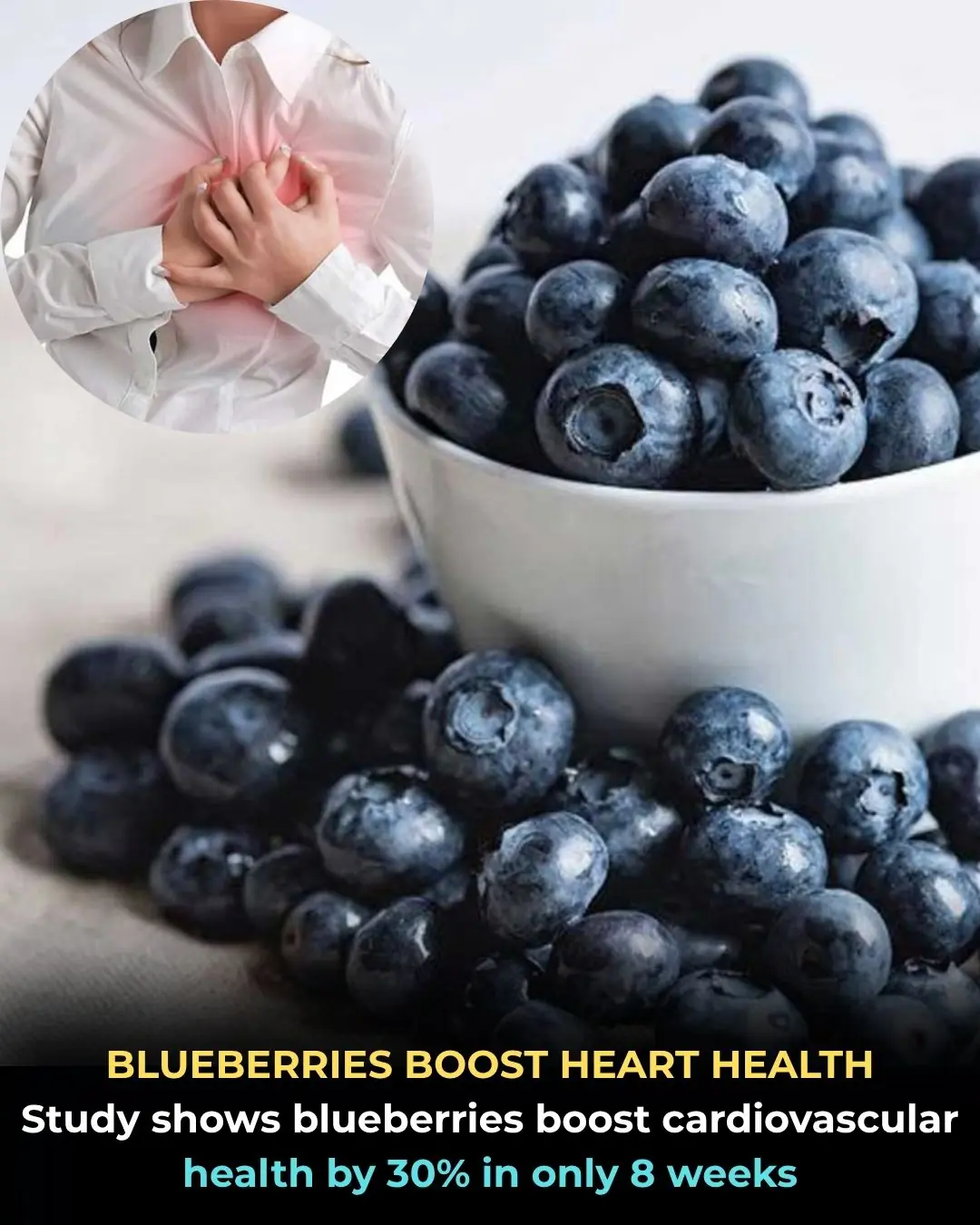
Blueberries: A Powerful Daily Boost for Heart Health
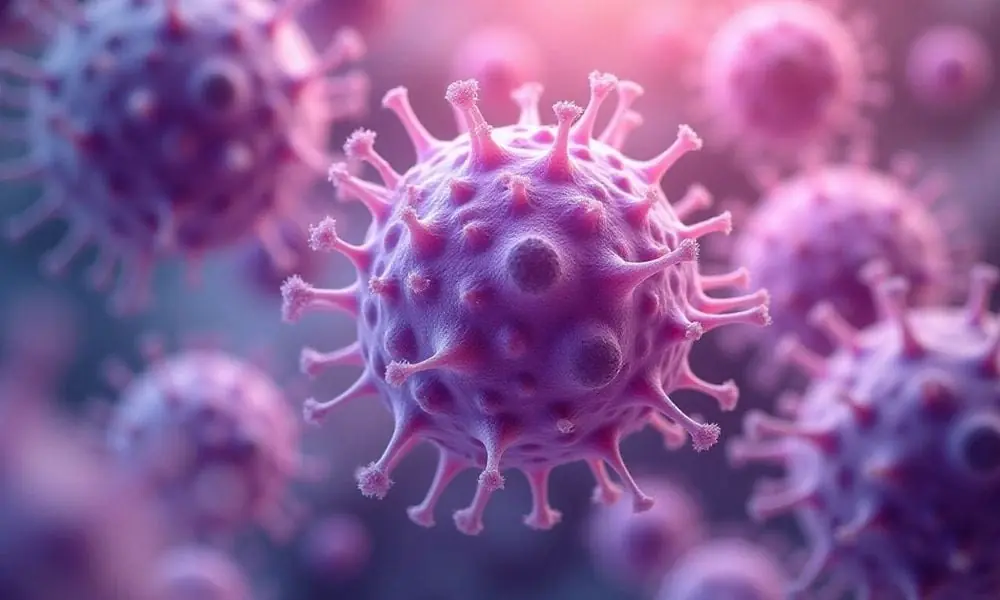
The Whole Family of Three Was Diagnosed With Thyroid Nodules; the Mother Collapsed: “I Thought Those Two Things Were Always Good to Eat and Could Prevent Cancer”

Motherhood Rewires the Brain: Why Postpartum Recovery Takes Years, Not Weeks

Eating More Than One Egg a Week May Slash Alzheimer’s Risk by 47%
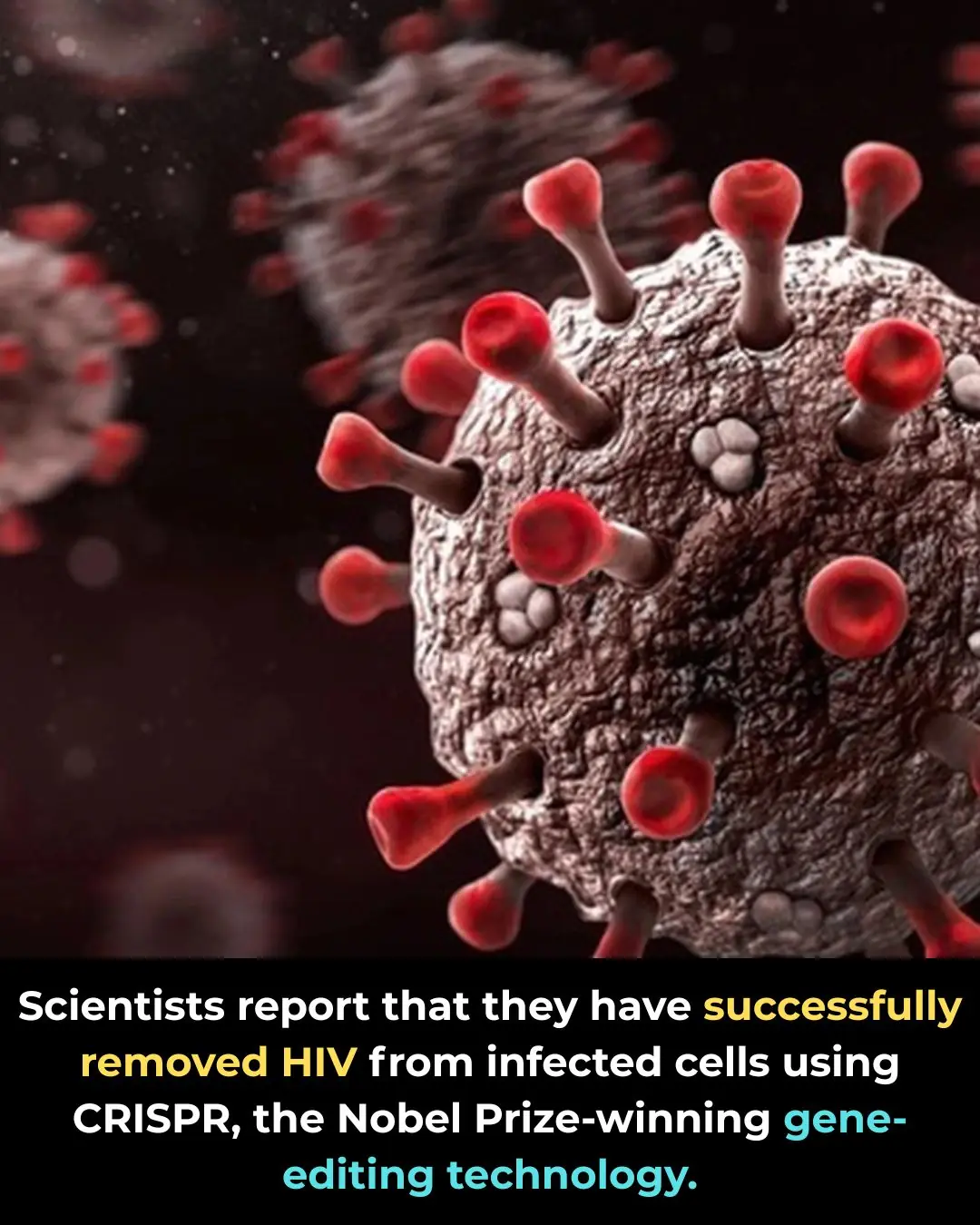
CRISPR Breakthrough Offers Hope for a Potential HIV Cure

Breakthrough Cancer Treatment Offers Unprecedented Hope for Patients

Four Teens Risk Their Lives to Rescue Elderly Neighbor from Burning Home in Sapulpa
